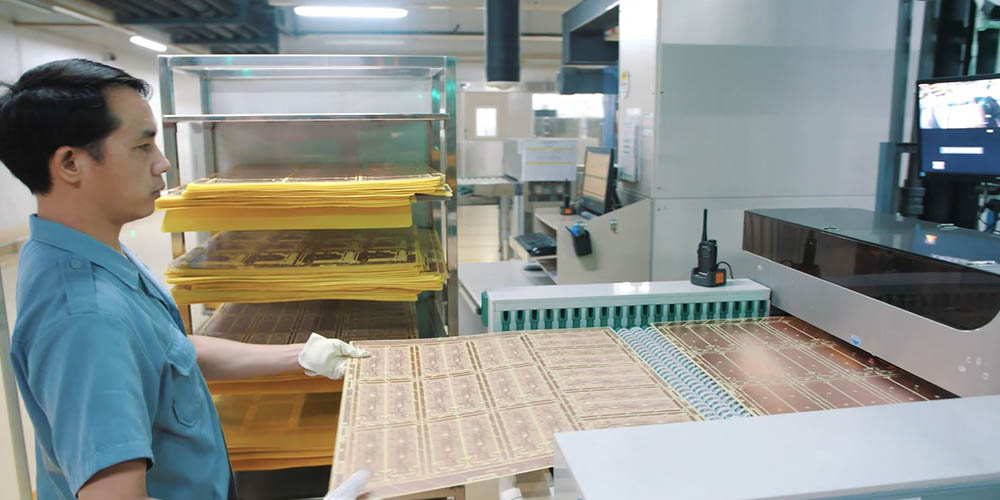Printed circuit boards are essential parts of electronics. Due to their vital role in different devices such as computers, calculators, phones, and others, the PCB factory requires the appropriate material selection to ensure optimal performance. When you select materials for PCB assembly, you should undertake the process with caution and knowledge of the electrical necessities for special equipment. Keep in mind that the materials differ depending on the thermal, physical, and electrical factors.
This post will help you understand the various types of PCB materials and how you can make the right choice when looking to build one.
Fr4 Epoxy Laminates and Prepreg
FR4 is the standard material used widely in the world to build the printed circuit boards. The initials FR means fire resistance, while the four refer to the class of materials used for the manufacturing and meet the requirements needed by the NEMA LI 1-1998 standards. The materials are popular because they offer the best mechanical, thermal, and electrical characteristics ideal for most electronic devices.
Polyimide Laminates and Prepreg
Polyimide laminate is a category of material used to build PCBs and offer better performance in higher temperatures. They are seemingly better than the FR4 due to the slight improvement in electrical performance properties. However the polyimide materials are costly, but they are ideal for most electronics due to the capability to survive in harsh temperature environments. Similarly, the polyimides are suitable for making layer count constructions because they are stable in thermal cycling and offer less expansion.
Flexible Laminates
Flexible laminates are ideal for building thin and foldable printed circuit boards to avoid breaking the electronic continuity. These electronic designs are created on plastic for support instead of glass. These boards are usually folded into a device for a one-time flex before the application is installed. PCB manufacturers use flexible laminates due to their high-temperature resistance characteristics. The materials that make up the flexible laminates are polyimide and liquid crystal polymer and low-cost materials like PEN and polyester. A skilled workforce and special equipment are required to manufacture the flexible circuits because the laminates are very thin.
Teflon Laminates and Bonding Plies
Printed circuit boards ideal for high-speed circuitry applications require Teflon laminates and bonding plies due to their excellent electrical properties. The Teflon materials are seemingly expensive but tend to offer the incredible speed that board designers need. You can use Teflon materials in different ways. Designers can coat the material into fabric glass or manufacture it as unsupported film. Besides, they can use the material as an additive and filler to improve the mechanical support. More like the flexible laminates, the manufacturing of Teflon PCBs requires specialized equipment and processing and a uniquely skilled workforce.
Other Materials
Other examples of laminate and bonding materials available for the manufacturing process for printed circuit boards include the cyanate ester, BT, ceramics, among other blended systems that can be ideal for distinct electrical and mechanical performance properties. However, the PCB manufacturing processes involving these materials can be difficult because the volumes are much lower than the FR4 and are expensive alternatives.
